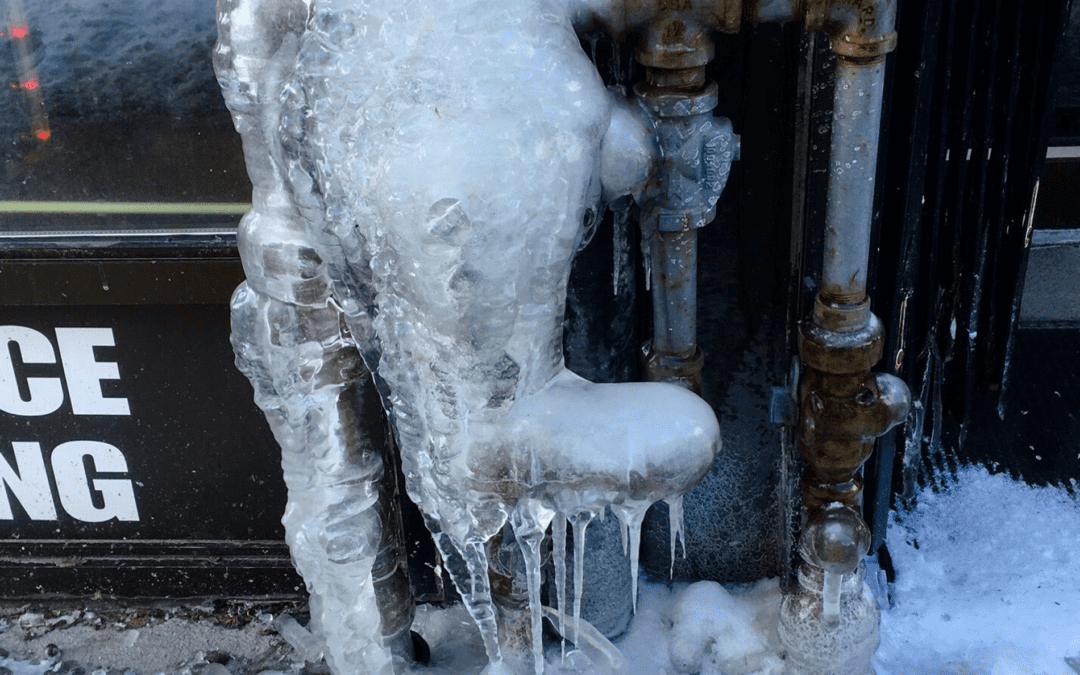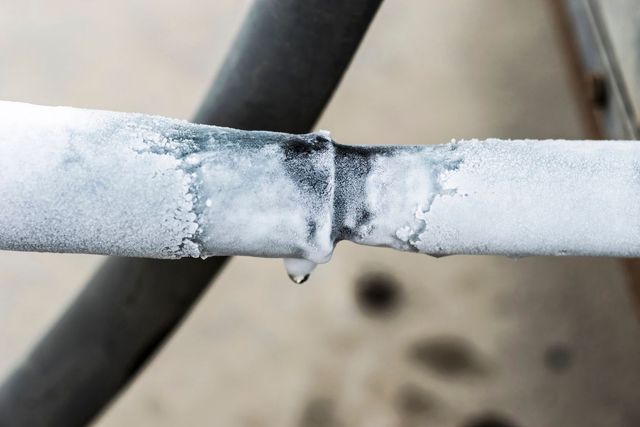Dealing with a Frozen AC Pipe: Step-by-Step Guide
Dealing with a Frozen AC Pipe: Step-by-Step Guide
Blog Article
The writer is making several great annotation related to Why Is Ice On My Outside Air Conditione in general in this post followed below.

Introduction
Finding that your AC pipeline is iced up can be concerning, especially throughout hot summer season when you rely on your air conditioning unit one of the most. Recognizing what to do in such a scenario is important to avoid further damages to your air conditioning system and ensure your convenience inside your home.
Understanding the Causes
A number of elements can add to the freezing of an air conditioner pipeline. Comprehending these causes can help you resolve the problem efficiently.
Absence of Airflow
One usual reason for an icy air conditioning pipe is inadequate air flow. When the air movement over the evaporator coil is limited, it can create the coil to drop below freezing temperature level, causing ice development on the pipeline.
Reduced Refrigerant Levels
Inadequate cooling agent levels in your AC system can also lead to an icy pipeline. Reduced refrigerant levels can cause the stress in the system to drop, causing the cold of moisture on the evaporator coil.
Winter Conditions
In chillier climates, freezing temperatures outside can add to the cold of air conditioner pipelines. If your air conditioning unit is not properly protected or if there are leakages in the ductwork, cold air can penetrate the system, triggering the pipeline to ice up.
Dirty Air Filters
Filthy or clogged air filters can restrict airflow in your a/c system, resulting in various issues, including an icy pipeline. It's important to replace or clean your air filterings system regularly to make sure correct airflow and avoid ice buildup.
Indications of a Frozen AC Pipe
Acknowledging the indications of an icy air conditioner pipeline is critical for punctual activity.
Lowered Airflow
If you notice a substantial reduction in air movement from your vents, it could indicate an icy pipe.
Ice Buildup on the Pipe
Noticeable ice build-up on the cooling agent line or the evaporator coil is a clear sign of an icy air conditioning pipe.
Weird Sounds from the Unit
Uncommon audios, such as hissing or gurgling, originating from your AC unit can signal that there's ice existing on the pipeline.
Immediate Actions to Take
When faced with an icy a/c pipeline, it's vital to act swiftly to stop further damages to your air conditioning system.
Shutting off the AC
The first step is to shut off your ac system to avoid the system from running and aggravating the concern.
Checking for Blockages
Evaluate the location around the interior device for any type of blockages that might be blocking airflow, such as furniture or drapes.
Thawing the Pipe
You can make use of mild methods like putting towels taken in cozy water around the icy pipeline to aid thaw it gradually.
Preventive Measures
Taking safety nets can aid stay clear of future occurrences of an icy air conditioner pipeline.
When DIY Methods Fail
If your efforts to thaw the pipeline or address various other issues are unsuccessful, it's time to call an expert.
Significance of Hiring a Professional HVAC Technician
A certified HVAC technician has the proficiency and devices needed to diagnose and repair issues with your air conditioner system safely and properly.
Regular Maintenance Checks
Arrange regular maintenance talk to a professional HVAC service technician to make sure that your air conditioner system is running successfully.
Altering Air Filters
On a regular basis change or cleanse your air filters to stop air flow limitations and maintain optimal efficiency.
Insulating Exposed Pipes
If your AC pipelines are exposed to cold temperature levels, consider insulating them to stop freezing throughout cold weather.
Looking For Professional Help
If DIY techniques stop working to settle the concern or if you're unsure concerning just how to continue, it's ideal to seek support from a qualified HVAC service technician.
Verdict
Managing an icy air conditioning pipeline can be an aggravating experience, yet recognizing how to respond can assist reduce damages and restore comfort to your home. By understanding the causes, identifying the indicators, and taking punctual action, you can effectively address the concern and protect against future occurrences.
What to Do If Your AC Line Is Frozen
Make Sure All Supply and Return Air Vents Are Open
If you notice problems with airflow, the first thing you should do is check your supply and return vents. Supply vents distribute clean, conditioned air throughout your home. As this air becomes stale, it’s pulled into the return vent, where it’s reconditioned before being sent back out through the supply vent.
When these vents are closed, air won’t flow in the home. Before examining your AC, check the vents in every room and ensure they’re all open.
Check for a Dirty Air Filter
Another possible cause of limited airflow is a dirty air filter. Your air conditioner’s filters catch elements you don’t want to breathe in, such as dirt and dust. Over time, filters can become clogged, ultimately blocking air from flowing in and out. The lack of airflow can then cause the entire coil to freeze and will completely restrict any air from moving through it. The AC may need to be powered off for one to two days to allow the coil to thaw after replacing the filter to allow proper functioning of the unit. This debris can also accumulate on your AC’s evaporator coil, requiring a more serious repair. In general, air filters should be cleaned regularly (about every two weeks).
Assess Your Outdoor Unit
In addition to checking your AC, assessing the outdoor unit is a good idea. Also known as the condensing unit, it works with your interior unit to release heat outside. An issue with the outdoor unit can result in rising internal temperatures.
Overgrown Shrubs or Clogged Leaves
From leaves and twigs to shrubs and debris, there’s no shortage of outdoor elements that can accumulate around your condensing unit. When these elements get lodged inside the unit, they can block airflow. Fortunately, removing the blockage can solve the problem.
Sounds of a Broken Fan
Shrubs and leaves aren’t the only things that can impede your outdoor unit’s airflow. If the fan is broken, the unit won’t be able to properly get rid of heat — which means the internal temperature won’t go down. First, make sure the fan is spinning. If it is, check for the following sounds of a broken fan:
Buzzing Rattling Screeching Hissing Clicking Preventative Measures
Nobody wants to deal with a frozen AC line. In addition to causing problems with your air conditioner, they require professional repairs. On the bright side, there are preventative measures you can take to help ensure this issue doesn’t arise in the first place.
https://www.coopergreenteam.com/blog/what-to-do-if-ac-line-frozen

Hopefully you enjoyed our section about Have a Frozen AC Line? Here’s How to Fix It. Thanks for taking a few minutes to read our posting. In case you enjoyed our blog posting if you please be sure to pass it around. Bless you for your time. Don't forget to come by our blog back soon.
Get Estimate Report this page